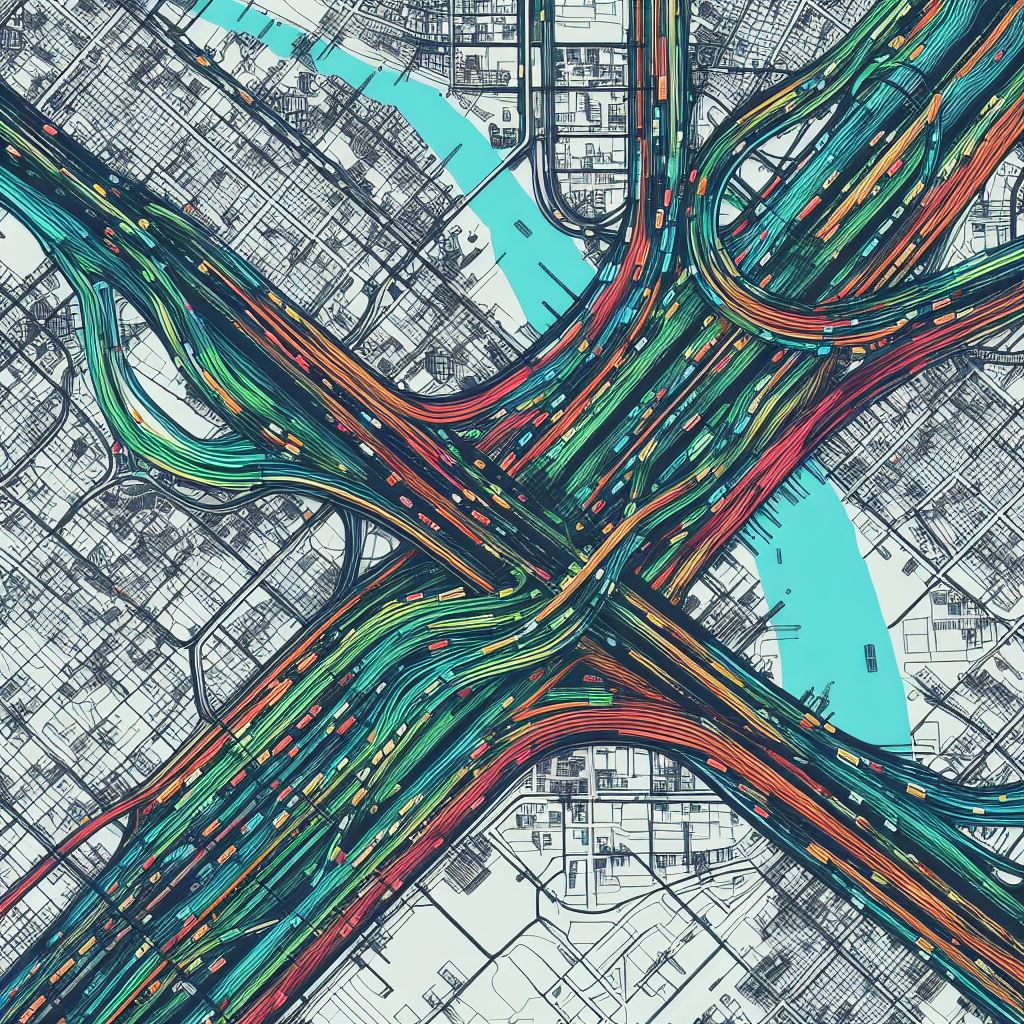In the current context of creating Low-Emission Zones (LEZs), accurate modeling of traffic flows plays a crucial role. By employing advanced techniques such as artificial intelligence and data analytics, cities can gain an in-depth understanding of mobility patterns. This information makes it possible to identify areas of congestion, forecast traffic peaks and adjust policies in real time, which is essential for optimizing the implementation of LEZs.
These dynamic models not only improve urban mobility, but also have a direct impact on air quality and transportation efficiency. By providing urban authorities with the ability to make informed decisions based on accurate and current data, the creation of LEZs becomes an agile and adaptive process, paving the way towards cleaner, more efficient and sustainable cities for all their inhabitants.

“Faced with the alarming increase of pollution in urban areas, the need for effective measures to reduce it is becoming more and more evident.
Traffic flow modeling is presented as a solution, optimizing Low Emission Zones (LEZ). Through artificial intelligence, we understand mobility patterns in real time, anticipate congestion and adjust traffic policies dynamically.
The successful implementation of LEZs depends directly on our ability to model and manage traffic flows, paving the way to a cleaner, more livable future for all.”
PABLO MANGLANO REDONDO
